Title: Optimizing Meta Tags and Descriptions for SEO Success
In the ever-evolving world of search engine optimization (SEO), staying ahead of the game is crucial for businesses looking to improve their online visibility and drive organic traffic to their websites. While there are numerous factors that influence a website’s ranking on search engine results pages (SERPs), one often overlooked yet highly impactful aspect is the optimization of meta tags and descriptions. In this blog post, we’ll delve into the importance of optimizing these elements and provide actionable tips for achieving SEO success.
What are Meta Tags and Descriptions?
Meta tags and descriptions are HTML elements that provide information about a web page to search engines and website visitors. They are not visible on the page itself but are embedded in the code. The two most important meta tags for SEO are the title tag and the meta description.
Title Tag: The title tag is an HTML element that specifies the title of a web page. It is displayed as the clickable headline in search engine results and is crucial for both SEO and user experience.
Meta Description: The meta description is a brief summary of the content on a web page. It appears below the title tag in search results and serves as a concise preview of the page’s content.
Importance of Optimizing Meta Tags and Descriptions
Optimizing meta tags and descriptions is crucial for several reasons:
Improved Click-Through Rates (CTRs): A well-crafted title tag and meta description can entice users to click on your search result, leading to higher CTRs and increased organic traffic.
Enhanced User Experience: Clear and compelling meta tags and descriptions help users understand the relevance of a web page to their search queries, ultimately improving the overall user experience.
SEO Impact: Meta tags and descriptions are key components that search engines use to understand the content and context of a web page, directly influencing its ranking on SERPs.
Tips for Optimizing Meta Tags and Descriptions
Now that we understand the importance of meta tags and descriptions, let’s explore some actionable tips for optimizing them to achieve SEO success:
1. Use Relevant Keywords: Incorporate relevant keywords that accurately reflect the content of the web page into the title tag and meta description.
2. Keep it Concise: Both the title tag and meta description should be concise and to the point, providing a clear and compelling preview of the page’s content.
3. Create Unique Tags for Each Page: Avoid using duplicate meta tags and descriptions across multiple pages. Each page should have a unique and specific set of meta tags and descriptions.
4. Focus on User Intent: Craft meta tags and descriptions that align with the user’s search intent, addressing their needs and providing a solution or valuable information.
5. Test and Iterate: Monitor the performance of your meta tags and descriptions using tools like Google Search Console and make adjustments based on user engagement and click-through data.
In conclusion, optimizing meta tags and descriptions is a fundamental aspect of SEO that can significantly impact a website’s visibility and performance on search engines. By implementing the tips outlined in this post and continually refining your approach, you can enhance your website’s SEO success and attract more qualified organic traffic. Remember, meta tags and descriptions may be invisible to the naked eye, but their optimization can make a visible difference in your online presence.


